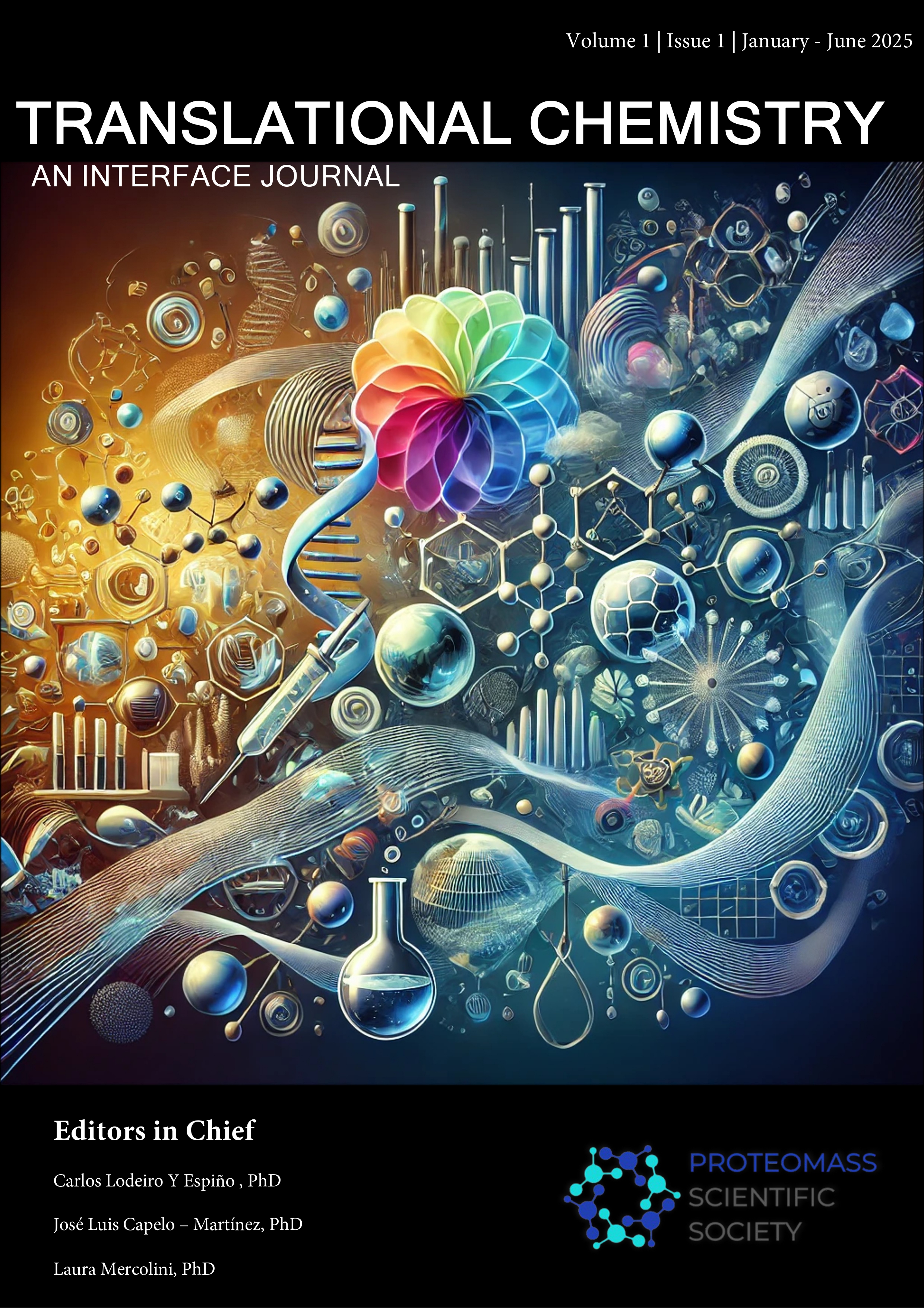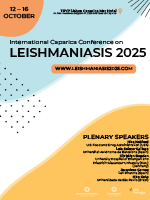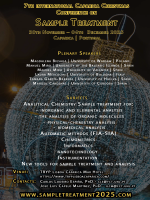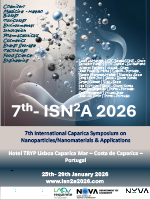Evaluation of positively charged benzothioxanthene imide derivatives as potential photosensitizers for antimicrobial photodynamic therapy
DOI:
https://doi.org/10.5584/translationalchemistry.v1i1.240Keywords:
Antimicrobial Photodynamic Therapy (aPDT), Benzothioxanthene imide derivatives (BTI), BacteriaAbstract
Given the growing concern over antimicrobial resistance (AMR), the search for new alternative therapeutic strategies has increased, with antimicrobial photodynamic therapy (aPDT) emerging as a promising solution. This study aims at exploring the potential of two positively charged BTI derivatives, namely BTI-Pyr+-CH3 (C1) and DBI-Pyr+-CH3 (C2) as photosensitizers for aPDT. In this context, C1 and C2 were successfully synthesized, fully characterized, and their antibacterial activity against Gram-negative and Gram-positive bacteria evaluated. The results demonstrate that both compounds exhibit phototoxic effects under light exposure, with enhanced inhibitory and bactericidal activity at lower concentrations than those reported in the existing literature. Notably, Compound C1 displayed the most promising antibacterial effects, showing inhibitory activity at concentrations approximately 20 times lower than those previously reported. The study highlights the significant light-dependent antibacterial properties of these affordable and accessible compounds, particularly against Gram-positive bacteria, suggesting a potential use for future antimicrobial applications.
Downloads
Additional Files
Published
Issue
Section
License
Copyright (c) 2025 Translational Chemistry – An Interface Journal

This work is licensed under a Creative Commons Attribution 4.0 International License.







